detail profile joseph beuys
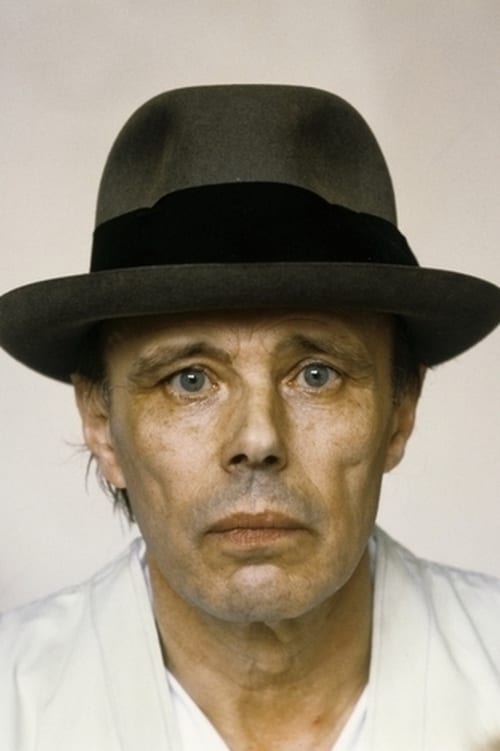
Riwayat Hidup
Joseph Beuys was a German artist, theorist and teacher who was highly influential in international contemporary art in the latter half of the 20th century.
He is a founder of the art movement known as Fluxus, and a practitioner and exemplar of happenings, and performance art.
Info Pribadi
Peran Yang Di Mainkan Joseph Beuys
 The quixotic journey of Nam June...
The quixotic journey of Nam June...Nam June Paik: Moon Is the Oldest TV 2023
The quixotic journey of Nam June Paik, one of the most famous Asian artists of the 20th century, who revolutionized the use of technology as an artistic canvas and prophesied both the fascist tendencies and intercultural understanding that would arise from the interconnected metaverse of today's world.
 The amazing story of electronic music...
The amazing story of electronic music...Electronic Vibrations: A Sound Changes the World 2022
The amazing story of electronic music: its epic journey from its origins in Europe, at the hands of the great artists of the post-war classical avant-garde, to the great post-industrial cities of the USA, where this genre of genres took over music stores, shady clubs and, eventually, the big stages.
 A documentary about the 20th century...
A documentary about the 20th century...Beuys 2017
A documentary about the 20th century German sculptor and performance artist Joseph Beuys.
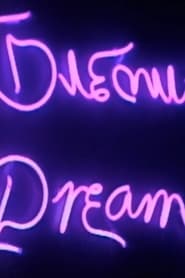 Drawing on his personal archives Mekas...
Drawing on his personal archives Mekas...Re: Maciunas and Fluxus 2011
“Drawing on his personal archives, Mekas has assembled a Fluxus vaudeville starring Yoko Ono, Joseph Beuys, and the late Nam June Paik. Most of the material is relatively recent although Ben Vautieur shows some early 1960s work to hilarious effect and Mekas channels Fluxus founder George Maciunas throughout.” – J. Hoberman, VILLAGE VOICE
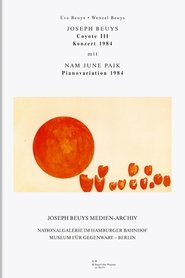 DVD accompanying the book Coyote III...
DVD accompanying the book Coyote III...Joseph Beuys - Coyote III 2008
DVD accompanying the book "Coyote III", documenting Joseph Beuys and Nam June Paik performing at the Sôgetsu Hall in Tokyo on the 2nd of June 1984. Nam June Paik sits on one side of the stage playing European classical music, improvisations and Japanese folk music. On the other side, Joseph Beuys acts out experiences from living in an enclosed space with a coyote - a free man who turns back into an animal, into a form of life that he understands as a prerequisite for this freedom
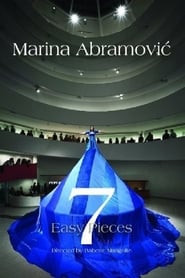 For Seven Easy Pieces Marina Abramovic...
For Seven Easy Pieces Marina Abramovic...Seven Easy Pieces 2007
For Seven Easy Pieces Marina Abramovic reenacted five seminal performance works by her peers, dating from the 1960's and 70's, and two of her own, interpreting them as one would a musical score. The project confronted the fact that little documentation exists from this critical early period and one often has to rely upon testimony from witnesses or photographs that show only portions of any given performance. The seven works were performed for seven hours each, over the course of seven consecutive days, November 9 –15, 2005 at the Guggenheim Museum, in New York City. Seven Easy Pieces examines the possibilities of representing and preserving an art form that is, by nature, ephemeral.
 A compilation of avantgarde artwork and...
A compilation of avantgarde artwork and...All Star Video 1985
A compilation of avant-garde artwork and talent of the mid to late 20th century hosted by Ryuichi Sakamoto.
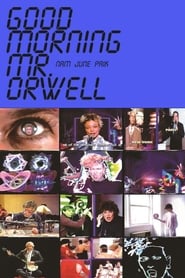 In his book 1984 George Orwell saw...
In his book 1984 George Orwell saw...Good Morning, Mr. Orwell 1984
In his book "1984", George Orwell saw the television of the future as a control instrument in the hands of Big Brother. Right at the start of the much-anticipated Orwellian year, Paik and Co. were keen to demonstrate satellite TV's ability to serve positive ends-- Namely, the intercontinental exchange of culture, combining both highbrow and entertainment elements. A live broadcast shared between WNET TV in New York and the Centre Pompidou in Paris, linked up with broadcasters in Germany and South Korea, reached a worldwide audience of over 10 or even 25 million (including the later repeat transmissions).
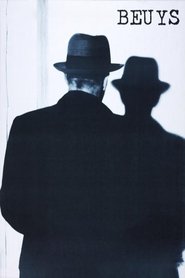 The German artist Joseph Beuys is...
The German artist Joseph Beuys is...Beuys 1981
The German artist Joseph Beuys is reflecting on his theory of art, being filmed as a kinetic sculpture. In 1981, the film has won the German film critic's award for “Best short film in Germany”.
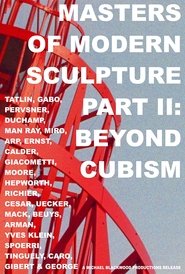 Centered around the emergence of Constructivism...
Centered around the emergence of Constructivism...Masters of Modern Sculpture Part II: Beyond Cubism 1978
Centered around the emergence of Constructivism, Futurism, Surrealism and Dada, Beyond Cubism takes a closer look at the artists who ignited the new movements and the alterations of artistic culture brought forth by World War II. Creating out of their philosophy and ideology, artists such as Vladimir Tatlin, Barbara Hepworth and Henry Moore pushed sculpture to new limits of abstraction and possibility, feverently building on their predecessors.
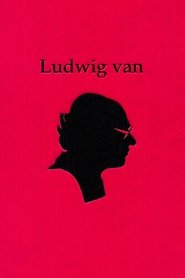 An odyssey through Beethovens lasting presence...
An odyssey through Beethovens lasting presence...Ludwig van 1970
An odyssey through Beethoven’s lasting presence and influence in our modern world – viewed through the eyes of the composer himself.
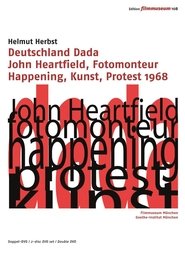 Documentary by Helmut Herbst
Documentary by Helmut Herbst